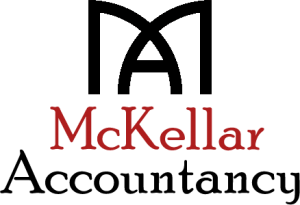If there’s something business owners have learned during this period, it’s that things don’t always go to plan. At the start of the year, you may have had firm ideas about how 2020 would go for your business but when the global coronavirus pandemic hit, you most likely had to rethink things in some way. Perhaps you’ve had to apply for government support or decide whether you can afford to keep paying all your employees their full salaries. Maybe your business cashflow goals for the year seem irreparable but it is not too late to start forecasting your cashflow, planning ahead and making allowances for the “what ifs”.
We suggest planning both short term and long term. A period of 2-4 months can help you to look at any immediate issues that may arise but looking a year into the future can be really useful for planning ahead and making business decisions.
You should try to be as accurate as possible when forecasting. If you overestimate your business cashflow, this can obviously lead to problems, but similarly, underestimating cashflow can lead to missed opportunities. It can be hard to estimate if you haven’t been trading for long but this is something that an accountant will be happy to help you with.
Make cashflow forecasting a regular part of your routine. Continually updating and reviewing this will mean that you are properly reflecting on what is going on in your business. This process allows you to see where you maybe need to cut costs, or plan for big expenses in the future to avoid any negative impact. It can also help you to decide if borrowing is affordable for your business. We recommend using Float’s Scenario Planning tool which can help you to plan for best- and worst-case scenarios.
Remember that if you need assistance with forecasting, or with using Float, we are here to help you. Planning ahead is so important, as we’ve seen recently, but it isn’t always easy, so please contact us if we can help you to make cashflow forecasting a habit.

